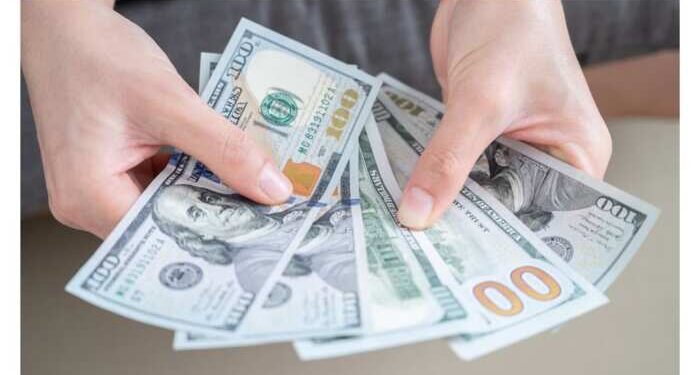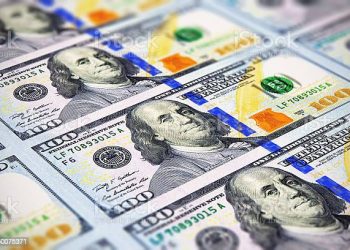The naira has sustained its position within the N1500 per dollar range on the parallel market, despite the U.S. dollar index climbing above 105 points. This stability comes amidst Nigeria’s persistent inflation issues, which have significantly impacted the local currency’s value.
The naira has depreciated by over two-thirds in value over the past year, largely due to the country’s economic challenges. The Central Bank of Nigeria (CBN) has maintained a hawkish stance, but high inflation rates continue to exert pressure on the currency.
Rising Inflation and Economic Impact
Recent data from the National Bureau of Statistics (NBS) highlighted an increase in Nigeria’s core inflation rate, which excludes energy and agricultural products, from 26.8% in May to 27% in June. Food inflation also rose from 40.3% in April to 40.66% in May. This surge in inflation is driven by ongoing food supply disruptions, high demand during the Eid-Mubarak festive period, and the anticipated increase in the minimum wage.
The devaluation of the naira has led to higher costs for food imports, exacerbating the economic strain as Nigeria relies heavily on imported goods. Importers face increased tariffs, further inflating commodity prices.
Measures to Stabilize the Naira
Despite these challenges, market fundamentals suggest that the naira may not decline to its February low, at least in the near term. This is partly due to recent measures implemented by the CBN, including the establishment of a special account with $2.9 billion to support the foreign exchange market. This move followed observations by the FAAC Post Mortem Sub-Committee that funds from royalties and Production Sharing Contract (PSC) taxes were transferred to the Gazelle Funding account in a report from the Nigerian National Petroleum Company Limited (NNPCL).
Additionally, the African Export-Import Bank (Afreximbank) announced on June 6 the transfer of an extra $925 million into the Project Gazelle Funding account for Nigeria’s oil-backed prepayment facility. This project was initially funded by the NNPCL.
Further bolstering the naira, Nigeria recently received a $2.25 billion loan from the World Bank aimed at stabilizing the economy and providing assistance to the most vulnerable populations. This influx of dollars is expected to strengthen the naira and mitigate its depreciation.
Global Currency Trends
In other currency news, the euro steadied after a recent dip caused by political tensions. Meanwhile, traders are closely watching U.S. retail sales reports and statements from Federal Reserve officials to predict future interest rate changes. The U.S. dollar index, which measures the greenback’s strength against six major currencies, recently rose to 105.46, up 0.18%. This followed a slight drop on Monday from the six-week high of 105.4 reached last Friday.
The dollar’s strength was further supported by ongoing political instability in Europe and the prevailing expectation that the Federal Reserve will maintain its tight monetary policy stance.
As Nigeria continues to navigate its economic challenges, the interplay between local policies and global market trends will play a critical role in determining the naira’s trajectory.











